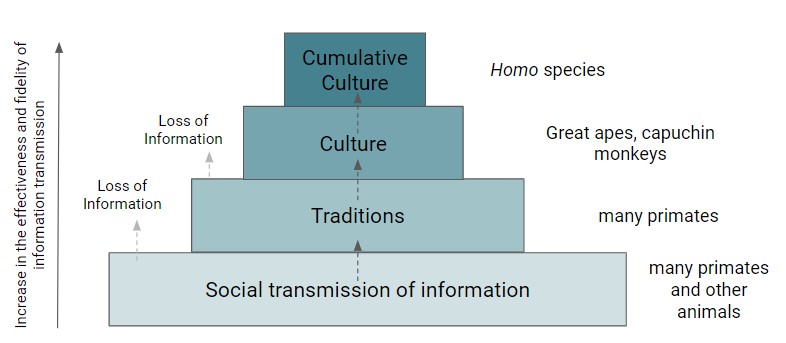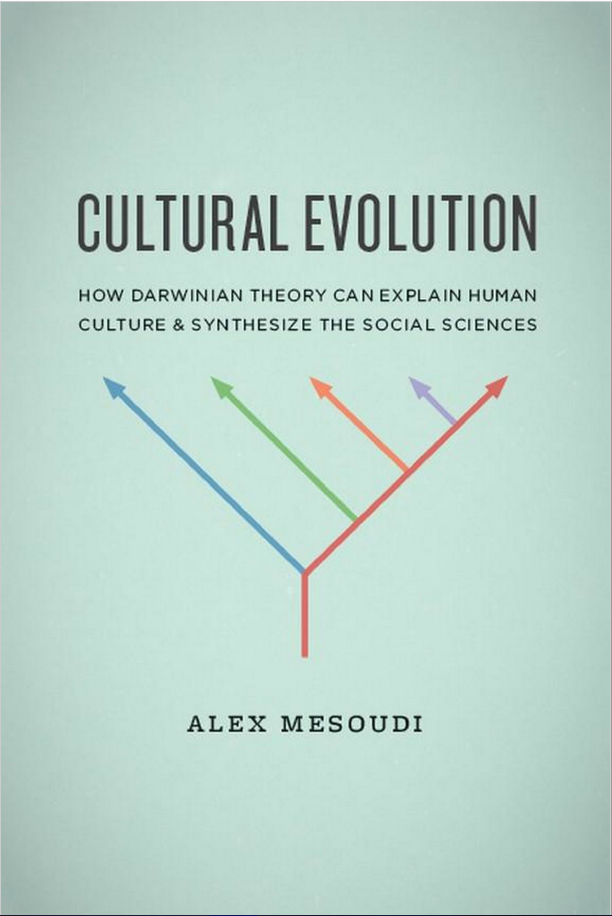TeachingBase
Cultural evolution (lesson plan)
In this lesson students explore the generalizability and transferability of foundational evolutionary concepts by looking at cultural change as evolutionary change, and by comparing mechanisms of evolution across biological and cultural evolution. They explore some human traits that enable the unique cultural evolution observable in our species.
- Teaching material type Analogy mapping, Full lesson plan
- Subject Areas Biology, History, Human Evolution, Social Studies
- Learning Goals Conceptual Thinking, Evolutionary Thinking, Interdisciplinary Thinking
- Suitable Grade Levels 9-12, Undergraduate
- Concepts Cognition, Cultural evolution, Culture, Learning, Natural selection, Perception, Teaching, Technology, Thinking
- Content Anchors Ancient Ancestors, Our Mind, Sustainable Development Goals
Author: Susan Hanisch
- Attribution-NonCommercial-ShareAlike [CC BY-NC-SA]
Related Lesson Materials

Imitation in chimps and children (Video, Experiment)
A series of experiments to explore the tendency to imitate in children and chimpanzees

NetLogo: Evolution of resource use through behavior imitation
This model adds cultural evolutionary dynamics through behavior imitation to the evolution of resource use behavior.

Reading text: Cumulative culture
A reading text about the importance of cumulative culture in our everyday experience and in the evolution of our species

What motivates people to save energy
A set of behavioral experiments to find out what motivates people to save electricity, exploring the roles of monetary incentives, social norms, appeals to the environment or to citizenship.





